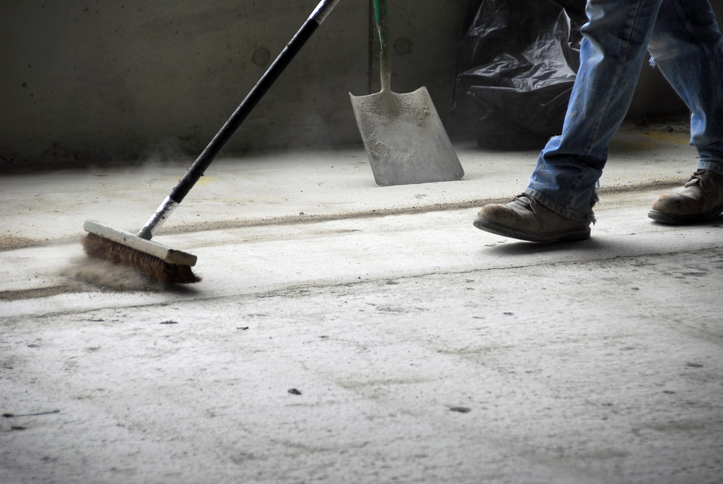Construction sites are a common sight in our urban landscapes, with new buildings and infrastructure constantly being built or renovated. While these construction projects are essential for the growth and development of our cities, they often generate a significant amount of dust. Construction dust can be a nuisance, but it can also pose serious health risks. In this blog post, we will explore everything you need to know about the health effects of construction dust, including whether it can cause allergies, how harmful it can be, and how long it takes for construction dust to settle.
Can Construction Dust Cause Allergies?
Construction dust is a mixture of various particles, including dirt, debris, cement, wood, and other materials. These particles can be released into the air during construction activities such as drilling, cutting, and sanding. When inhaled, these particles can trigger allergic reactions in some individuals. One of the common allergens found in construction dust is pollen. Pollen from nearby plants and trees can become airborne and mix with the construction dust, making it a potential allergen. If you are already prone to allergies, exposure to construction dust can exacerbate your symptoms. Common allergic reactions to construction dust include sneezing, runny or stuffy nose, itchy or watery eyes, and skin rashes.
How Bad Is Construction Dust?
The severity of the health effects of construction dust depends on several factors, including the type and quantity of dust, the duration of exposure, and individual susceptibility. Inhaling construction dust can lead to a range of health problems, some of which can be quite serious.
Short-term exposure to construction dust can cause immediate discomfort, such as irritation of the eyes, nose, and throat. Prolonged exposure, especially to high levels of dust, can lead to more severe health issues. Construction workers who are regularly exposed to construction dust may develop chronic respiratory problems, such as bronchitis and asthma. Construction dust can also contain hazardous substances, such as asbestos, silica, and lead. Inhaling these substances can have serious long-term health consequences.
Is Construction Dust Harmful?
Yes, construction dust can be harmful to human health. The particles present in construction dust are often very fine and easily inhaled. When these particles enter our lungs, they can deposit themselves deep within the respiratory system, leading to inflammation and damage over time. The health risks associated with construction dust are not limited to respiratory issues; they can also affect the cardiovascular system. Exposure to construction dust can lead to an increased risk of heart attacks, strokes, and other cardiovascular problems.
How Long Does It Take for Construction Dust to Settle?
In outdoor environments, construction dust can take several hours or even days to settle. However, in enclosed spaces, such as construction sites with inadequate ventilation, dust particles may remain suspended for longer periods. It is important to note that even after particles have settled, they can be disturbed and become airborne again with slight disturbances, such as sweeping or movement.
Construction dust is more than just a nuisance, it’s a serious health hazard that can cause allergies, respiratory problems, and even life-threatening diseases. Understanding the risks associated with construction dust and implementing safety measures is crucial to protecting your health and well-being around construction sites.
At Zanjani Cleaning Services, your health and safety are our top priorities. Understanding the potential risks associated with construction dust is crucial, and that’s why we’re dedicated to providing comprehensive construction cleaning solutions tailored to your needs. Our expert team is well-equipped to handle the aftermath of construction projects, ensuring that every trace of dust and allergens is effectively eliminated. Choose Zanjani Cleaning Services for meticulous, efficient, and reliable cleaning solutions.



Social Networks